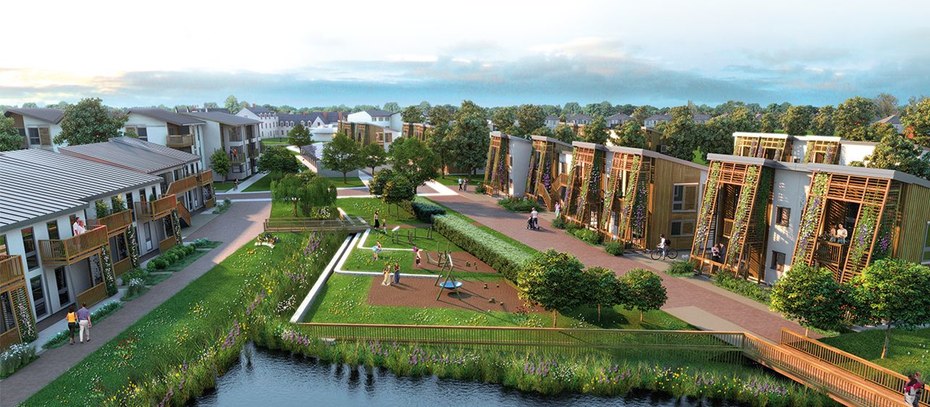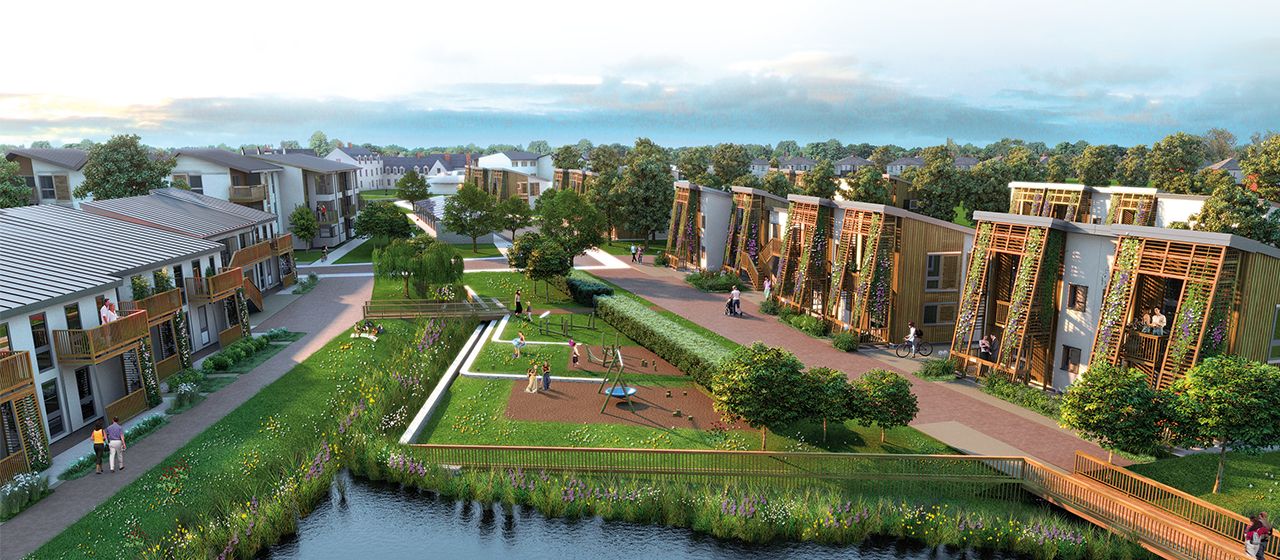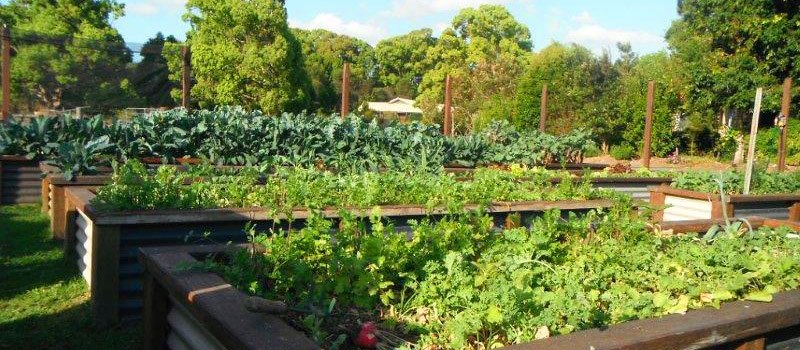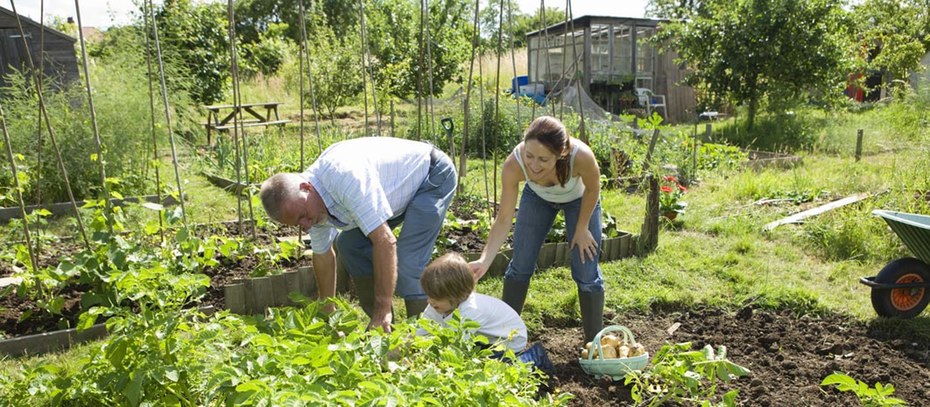For most of human history, we’ve lived in groups a lot larger than our family unit and reaped considerable benefits from it. Modern urban life, on the other hand, has moved in a different direction; privacy, disconnection, self sufficiency. Eco-village communities are aiming to buck that trend, and to that end Smart Urban Villages is planning to create medium-density, sustainably designed housing communities with optional shared meals, mortgage-free long term leases and pools of shared vehicles to cut down on car ownership costs.
Modern city living is undeniably a lot more expensive, and a lot less community focused than life has been at any previous stage in human development. It’s also quite wasteful in a lot of ways, compared to a more communal model – and these are the issues that Eco-village style living aims to combat.
Smart Urban Villages is a Melbourne-based Australian startup that’s working to get its first community up and running.
Here’s the concept: first, SUV will build a small village on a decent sized plot of suburban land.
From our partners:

All buildings on the site will incorporate sustainable passive solar design principles and be designed to suit the local climate, including well-insulated walls, floors and roofs.
Rather than selling each home in the village, residents will take out long-term leases. Prices will be about the same as rent in a new housing development including body corporate fees, but much lower than a mortgage. Residents will be chosen to create a diverse mix of ages, genders and family sizes. Each site will have its own management and caretaking team rather than a body corporate structure.
The idea is to foster a closer sense of community by offering shared meals, shared gardens and community spaces. Residents can eat at home if they like, or take advantage of bulk buying economy and commercial-grade kitchen facilities, and eat together. Community gardens let residents grow their own veggies to put in the mix.
Likewise, each village will have its own small fleet of shared cars, and be situated close to public transport, the idea being to reduce the need for people to own cars – although good luck booking the Prius around the Christmas holidays.
Certain sites might feature other things like swimming pools, community libraries, a bulk-buy food co-op, an on-site cafe, gallery or even a shared solar photovoltaic array to help bring energy costs down. The whole situation is designed to keep costs and environmental impact to a minimum.
It’s a model that’s already working in several parts of the world – ecovillage.org lists hundreds of sites around the world that are up and running, or under construction, with vastly differing degrees of eco and village focus. There’s medieval hamlets, organic farming communes, all sorts of religiously focused villages, even a mountain treehouse community under construction.
It’s an interesting reaction to the online, dissociated state of modern urban living, and it doesn’t sound like a bad way to go – provided of course that you get along with your neighbours!
This feature appeared in Smart Urban Villages.


















